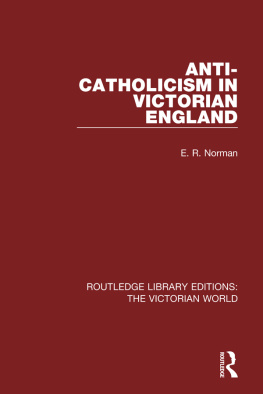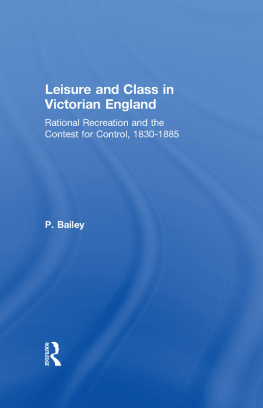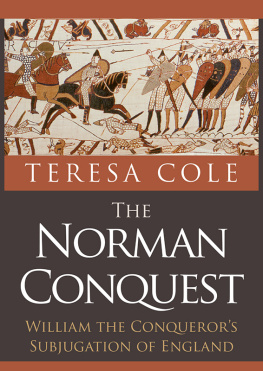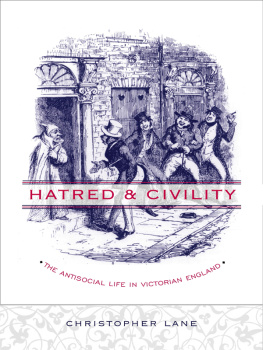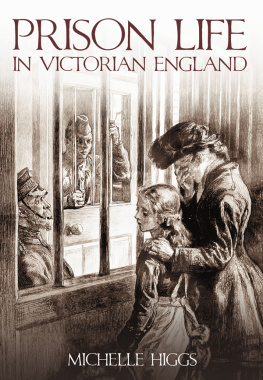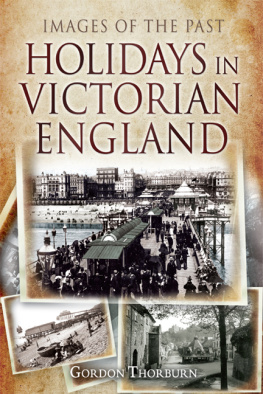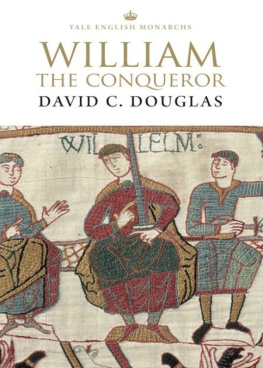First published in 1968 by George Allen & Unwin Ltd.
This edition first published in 2016
by Routledge
2 Park Square, Milton Park, Abingdon, Oxon OX14 4RN
and by Routledge
711 Third Avenue, New York, NY 10017
Routledge is an imprint of the Taylor & Francis Group, an informa business
1968 George Allen & Unwin Ltd.
All rights reserved. No part of this book may be reprinted or reproduced or utilised in any form or by any electronic, mechanical, or other means, now known or hereafter invented, including photocopying and recording, or in any information storage or retrieval system, without permission in writing from the publishers.
Trademark notice: Product or corporate names may be trademarks or registered trademarks, and are used only for identification and explanation without intent to infringe.
British Library Cataloguing in Publication Data
A catalogue record for this book is available from the British Library
ISBN: 978-1-138-66565-1 (Set)
ISBN: 978-1-315-61965-1 (Set) (ebk)
ISBN: 978-1-138-66547-7 (Volume 36) (hbk)
Publishers Note
The publisher has gone to great lengths to ensure the quality of this reprint but points out that some imperfections in the original copies may be apparent.
Disclaimer
The publisher has made every effort to trace copyright holders and would welcome correspondence from those they have been unable to trace.
1
The Anti-Catholic Tradition
In 1875 Foxes Book of Martyrs , probably the best known text in the very ample library of British anti-Catholic literature, was republished in London.
1 For an account of the place of this work in the Protestant tradition, see William Haller, Foxes Book of Martyrs and the Elect Nation , London, 1963.
2 Ingram Cobbin, Essay on Popery, in Foxes Book of Martyrs , London, 1875, p. iv.
The huge volume of No Popery literature in the nineteenth century indicated clearlyas Newman pointed outthat Catholicism was the victim of a prejudice which perpetuates itself and gives birth to what it feeds upon.
3 J. H. Newman, Lectures on the Present Position of Catholics in England , (1851), London, 1892 edition, p. 11.
4 Ibid ., p. 275.
5 See Richard Whately, Essays ( Third Series ) on the Errors of Romanism , fifth edition, London, 1856, p. 44.
6 For a full list, see Karl von Hase, Handbook to the Controversy with Rome , translated by A. W. Streane, second edition, London, 1909, 2 vols.
7 Patrick Murphy on Popery in Ireland, or Confessionals, Abductions, Nunneries, Fenians and Orangemen . A Narrative of Facts , London, 1865, p. viii. The author was in fact G. H. Whalley, M.P. for Peterborough, and the work, despite its subtitle, has strong fictional qualities.
8 Ibid ., p. 101.
9 J. Blanco White, Practical and Internal Evidence against Catholicism , Second edition, London, 1826, p. 179.
10 Cobbin, op. cit. , p. xvii. And see Doc. 12.
Although superstitious belief and idolatrous worship were frightful enough, Protestants also supposed the Man of Sin to be inextricably involved with vile practices. Monks and nuns, confessors and popes were all popularly imagined to indulge themselves with contemptible vices.
11 See Herbert Thurston, No Popery, Chapters on Anti-Papal Prejudice , London, 1930, p. 15ff.
12 Cobbin, op. cit. , p. xi.
In addition to superstition and moral corruption, the Protestant tradition also distrusted the political claims of die Church of Rome. Bound by a double allegiance, to Pope and Crown, Catholics were imagined to be potentialand sometimes (as in Ireland) even actualsubversives of the Protestant Constitution. Most nineteenth-century commentary pointed to the temporal sovereignty of the Papacy in Italy and the continued, though theoretical, existence of the deposing power of the Papal throne. Even Gladstone, in the famous Vatican Decrees controversy of 1874, lent his authority to this aspect of the case against Rome. In the popular imagination it was always the Jesuits, of course, whose secret network wrought subversion of free constitutions and liberal laws everywhere: part of a grand design to enslave the minds of men in the dark medievalism and priestcraft of the Vatican. The Papal States in Italy were held up as an example of this despicable force where it was successful (Doc. 13). Judge the Pope by the prevailing belief of Protestant England, derived from the misrepresentations of the press, its platform, or its pulpit, wrote J. F. Maguire, the Catholic member of Parliament for Cork City, in 1870, and one beholds in him a combination of temporal despot and spiritual imposter, at once the scourge of an afflicted people, and the arch-priest of Satan.
13 J. F. Maguire, Pius the Ninth , London, revised edition, 1878, p. 4.
14 J. Blanco White, op. cit ., p. v.
The ideology of anti-Catholicism drew upon a tradition extending backwards to the Reformation and beyond. It influenced the behaviour of all classes in English society in the nineteenth century. Workingmen frequently gave vent to their interpretation of the tradition in localized petty rioting, and as the immigration of poor Irish labourers increased during and after the famine years of the later 1840s, with the resulting depression of the labour market, such disturbances became almost endemic. English working-men did not discriminate between the unskilled Irishmen and their religion. The notorious Stockport riots in 1852, when two Catholic chapels in a district of heavy Irish settlement were sacked and desecrated by a mob of working-men, showed such popular causes of religious disharmony at work. The coming of the Irish did, however, give a new mobility to the Catholic population in England and Scotland; it altered its distribution as well as its size. The immigrants settled as an urban residuum, in Liverpool, Glasgow, Swansea and London, and they roamed the countryside as navvies. The available statistics do not offer a very accurate indication of their numbers, but the 1841 census gave a figure of 400,000 Irish-born in England, Wales and Scotland, or 1.8 per cent of the population. and that was enough to be a constant reminder to those Protestants who regarded them as a fifth-column.


